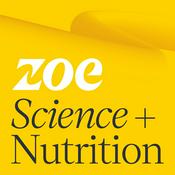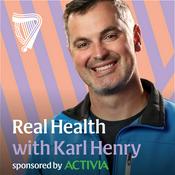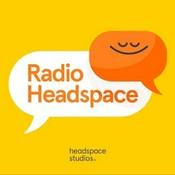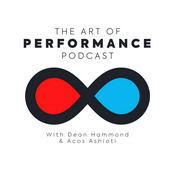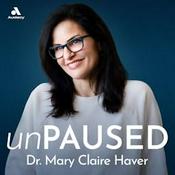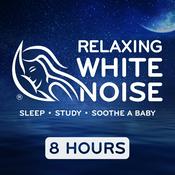138 episodes

Special episode (AHA 2025: VESALIUS-CV, DECAF)
08/12/2025 | 40 mins.
Get full access to Cardiology Trial’s Substack at cardiologytrials.substack.com/subscribe

Summary and discussion of PARADIGM-HF and PIONEER-HF
20/11/2025 | 35 mins.
For full review of the trials, please visit https://cardiologytrials.substack.com/ Get full access to Cardiology Trial’s Substack at cardiologytrials.substack.com/subscribe

Special episode (ESC 2025: AQUATIC, VICTOR)
25/9/2025 | 50 mins.
Get full access to Cardiology Trial’s Substack at cardiologytrials.substack.com/subscribe

Special episode (ESC 2025: REBOOT-CNIC, BETAMI-DANBLOCK, DIGIT-HF)
09/9/2025 | 41 mins.
Discussion of landmark trials presented at the European Society of Cardiology (ESC) congress 2025 Get full access to Cardiology Trial’s Substack at cardiologytrials.substack.com/subscribe

Summary and discussion of BEST and SENIORS
15/8/2025 | 31 mins.
For full review of the trials, please visit https://cardiologytrials.substack.com/ Get full access to Cardiology Trial’s Substack at cardiologytrials.substack.com/subscribe
More Health & Wellness podcasts
Trending Health & Wellness podcasts
About Cardiology Trials
Listen to Cardiology Trials, Happy Place and many other podcasts from around the world with the radio.net app

Get the free radio.net app
- Stations and podcasts to bookmark
- Stream via Wi-Fi or Bluetooth
- Supports Carplay & Android Auto
- Many other app features
Get the free radio.net app
- Stations and podcasts to bookmark
- Stream via Wi-Fi or Bluetooth
- Supports Carplay & Android Auto
- Many other app features


Cardiology Trials
download the app,
start listening.

